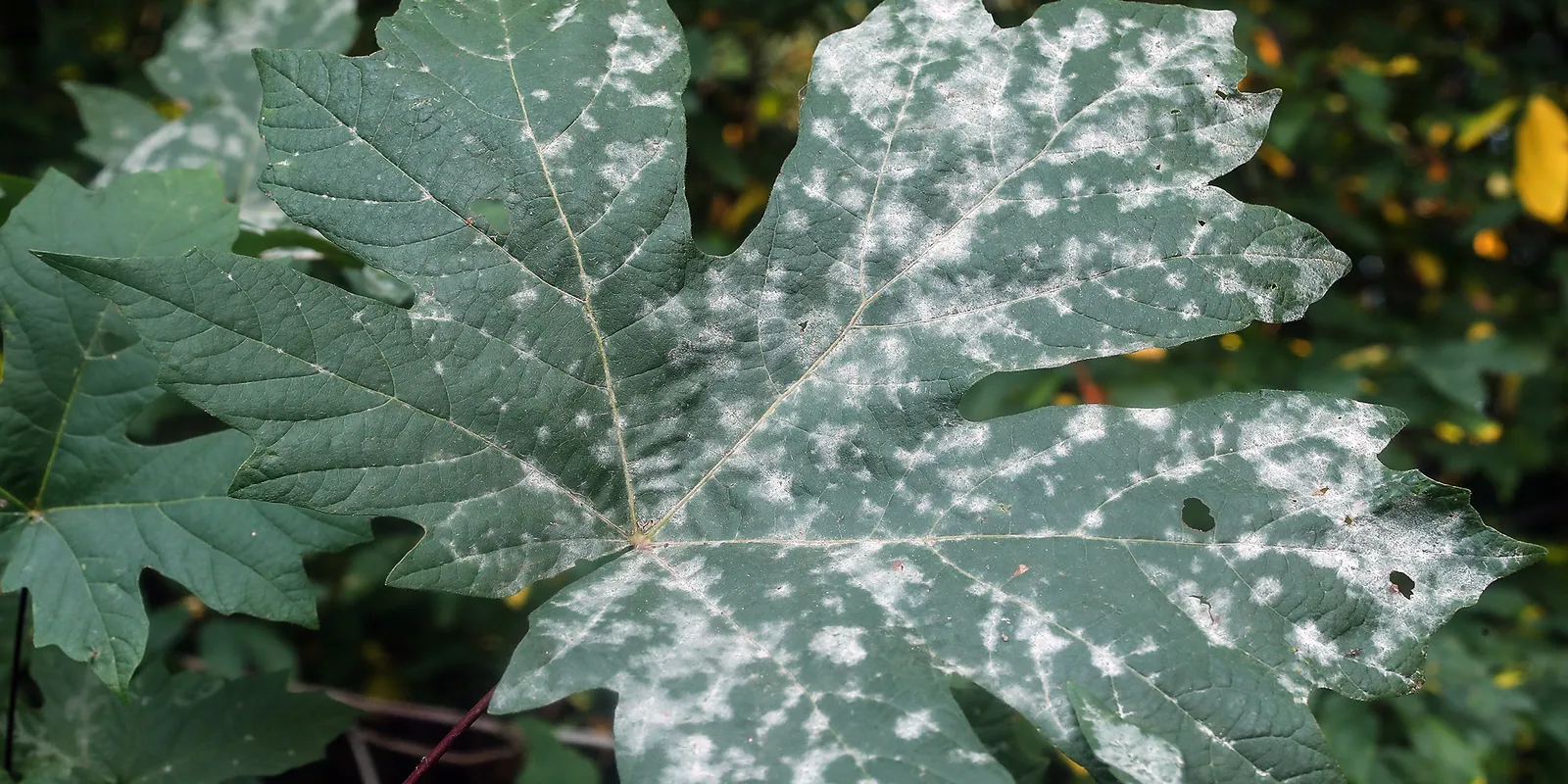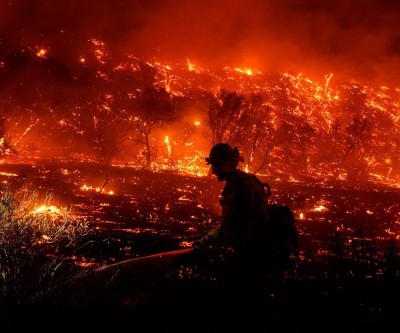
Powdery mildew on the leaves of some maple trees in Toronto
With the arrival of autumn, the captivating red, orange, and yellow hues are gradually appearing throughout Toronto. However, the white powdery substance on the leaves of some ash trees in several neighborhoods of the city has drawn significant attention.
Joel Harrison-Afful, a forest health inspector in the city of Toronto, stated on Thursday, "We've received numerous reports about these white, powdery leaves."
According to City News reports, several ash trees, including Norway maple and crimson king, in parks like "High Park" and "Sir Winston Churchill," as well as in "Northumberland Rowan" on Bay Street and the St. Clair West area, have been observed with what Harrison-Afful describes as powdery mildew.
Harrison-Afful explained, "It's a white fungus, and it's basically dispersed on the surface of the leaf. Powdery mildew is visible, and many people are concerned about the health of their trees. It can cause premature leaf drop. However, people shouldn't be alarmed because it doesn't pose a human health risk."
He added that especially in the case of ash trees, this issue will not persist in the long term. These trees typically recover, and new leaves will grow on them next year.
Excessive moisture, along with a high number of leaves that hinder air circulation, contributes to the growth of powdery mildew. Additionally, the spores of this fungus are spread by the wind.
According to experts, if a tree on your property is affected by powdery mildew, you should separate the damaged leaves from the tree and ensure improved airflow among the leaves.
Overall, this issue is more of a forest problem and an aesthetic concern for trees, with no direct impact on human health.
Suggested Content
Latest Blog
Login first to rate.
Express your opinion
Login first to submit a comment.
No comments yet.
























